News
Technical Highlights of Impurity Identification of APIs
Dec. 14, 2021
As a key quality attribute of pharmaceuticals, the study of impurities is an important systematic project. Impurity spectroscopy analysis is of guiding significance in guiding the development and optimization of pharmaceutical preparation processes. This paper compares the general principles, research ideas and practical work on impurity analysis of chemically synthesized APIs.
Regulatory requirements
CTD format filing information requires drug development companies must have the following analysis of impurity analysis studies.
(1) list the list of possible impurities in the product and analyze the source of impurities.
(2) the known impurities to give the chemical structure and provide structural corroboration study information.
(3) impurity situation analysis: impurity name, impurity structure, impurity source, impurity control limit, is not into the quality standard.

raw material of cas 1451-82-7 powder 2-Iodo-1-P-Tolylpropan-1-One CAS 236117-38-7 popular in russia
Classification and response strategy
Organic impurity analysis is the study of the actual impurities and potential impurities in the product. Potential sources of organic impurities are process impurities and degradation products. Research methods include structural characterization, stability tests, forced degradation tests.
Inorganic impurities include catalysts, ligands and reagents; metal impurities; inorganic salts; and other substances.
Residual solvent analysis needs to list the use of organic solvents in the process: solvent name, source, solvent type, control limits, is not included in the quality standards. Residual solvents are generally detected by gas chromatography.
Chiral impurities are rarely encountered in general drug development, but are more common in chiral drugs. The study of chiral impurities is a difficult point in the study of impurities.
Impurity identification
According to the synthesis process, the impurities that may exist in the product are studied. If the impurity control can be directly purchased, it can be purchased and analyzed by mass spectrometry and hydrogen spectrometry to determine the chemical structure. But in practice, because the developed drug is relatively new and cutting-edge, there is no impurity control available in the market and cannot be purchased, so it is necessary for the R&D unit to synthesize and purify the impurity control by itself, conduct mass spectrometry and hydrogen spectrometry, and determine the chemical structure.
The determination of limits
The analysis of the impurities of the substances concerned is mainly the content and quantity of each impurity in the sample, as well as the source of each impurity. The impurity study of the substances concerned should be conducted throughout the quality study, and the basic information such as structure and toxicity should be determined for the unknown impurities with impurity content over 0.1%; both known impurities and newly added impurities should be controlled separately to determine the changes of impurities.
Conclusion
Impurity research is a very important element in the process of drug development. The State Council and the State Food and Drug Administration attach great importance to the quality of drugs, and new policies and regulations are emerging, so companies should follow the national drug policies and regulations, and carefully study the guidelines for drug development. Companies should also explore the technical points in drug analysis and establish scientific impurity research ideas and steps.
Please contact MONADE if you need to purchase the pharmaceutical raw materials. Welcome your enquiry.
-
Germany stock bmk powder bmk for cas 5413-05-8
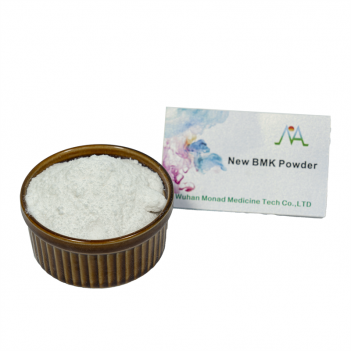
-
high yield rate BMK glycidate powder CAS 5449-12-7 new bmk liquid light yellow
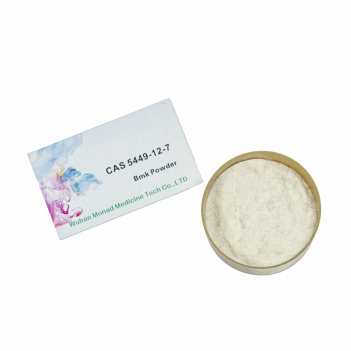
-
hot sale high yield good price cas 2647-50-9

-
Cas 41232-97-7 bmk liquid with high yield rate 70% new BMK POWDER
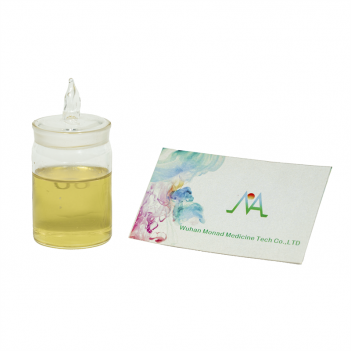
-
Top Quality Magnesium Oxide CAS 1309-48-4
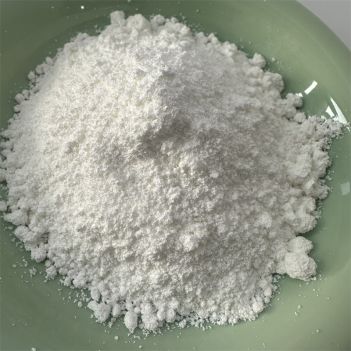
-
High Purity Valerophenone CAS No. 1009-14-9
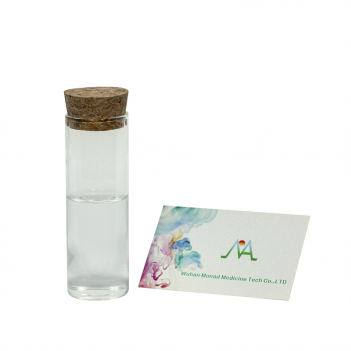
-
Factory sell CAS 5337-93-9 4'-Methylpropiophenone
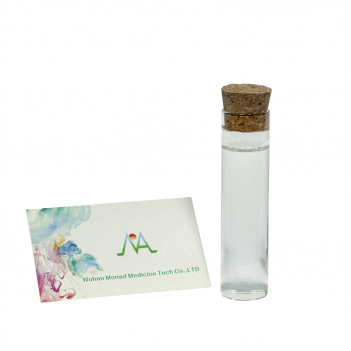
-
Chinese Factory Direct Selling 2-Bromovalerophenone CAS 49851-31-2
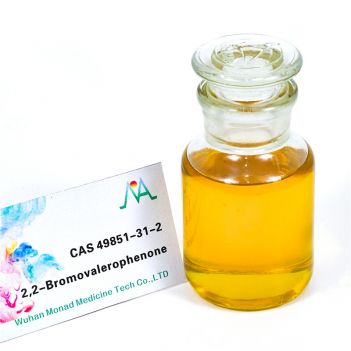
-
9-Hydroxyfluorene CAS 1689-64-1 Moscow stock high yield 9-fluorenol
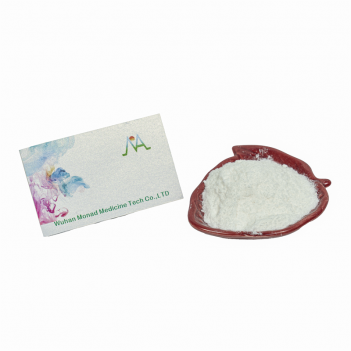
-
safe Shipping 49851-31-2/124878-55-3/2-Bromovalerophenone Cas 49851-31-2 to Russia
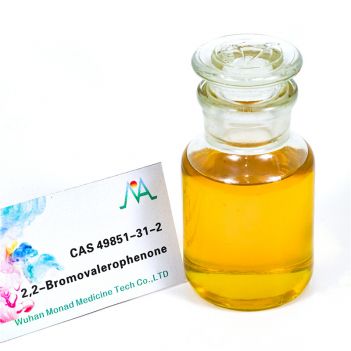
-
Online safety and quickly Butanediol 1,4 bdo cas 110-63-4
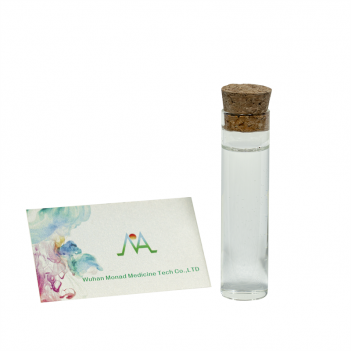
-
New Product Local Anesthetic Powder Larocaine CAS 94-15-5
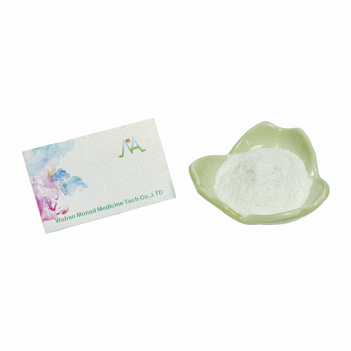
Navigation
Mandy WhatsApp: +8618771942761
Ada WhatsApp: +8618771982534
Cathy WhatsApp: +8613387630955
Emily WhatsApp: +8613297057536



